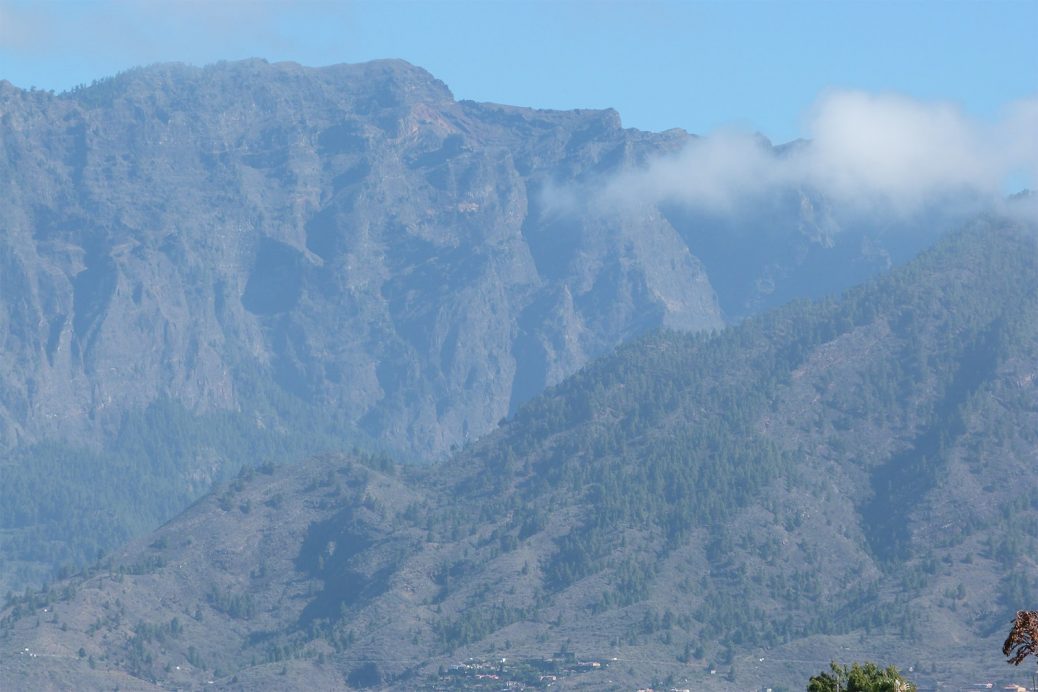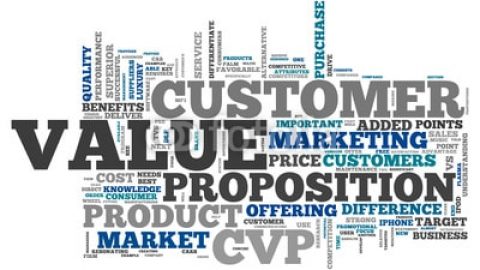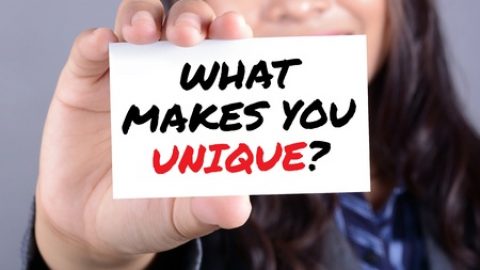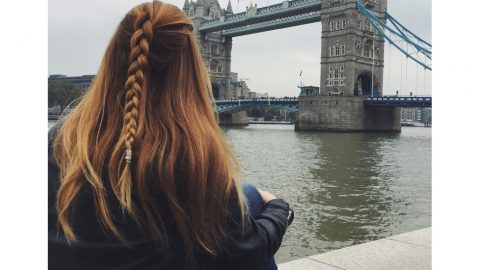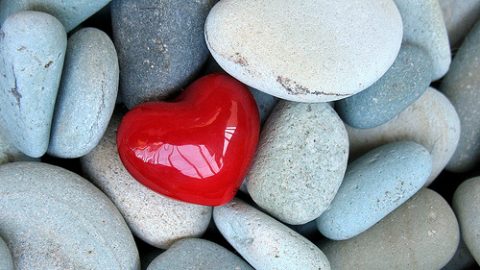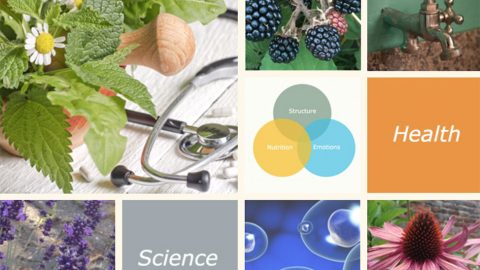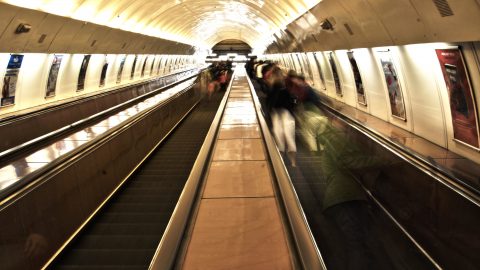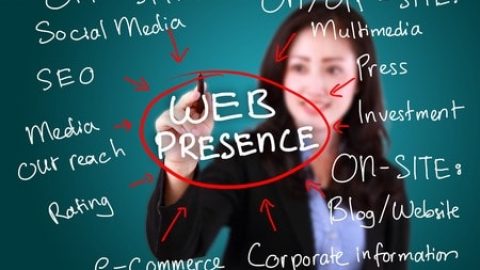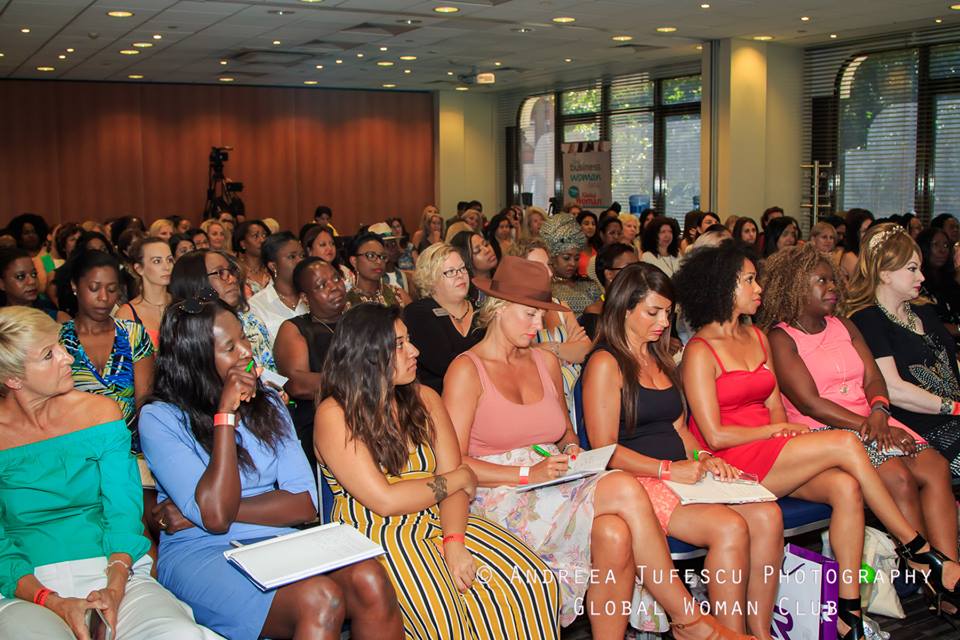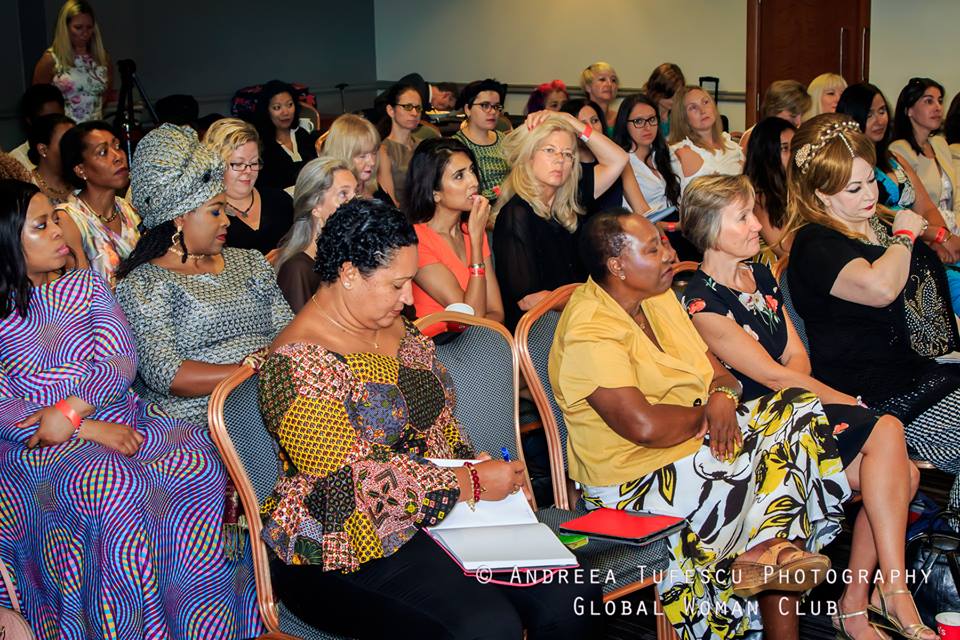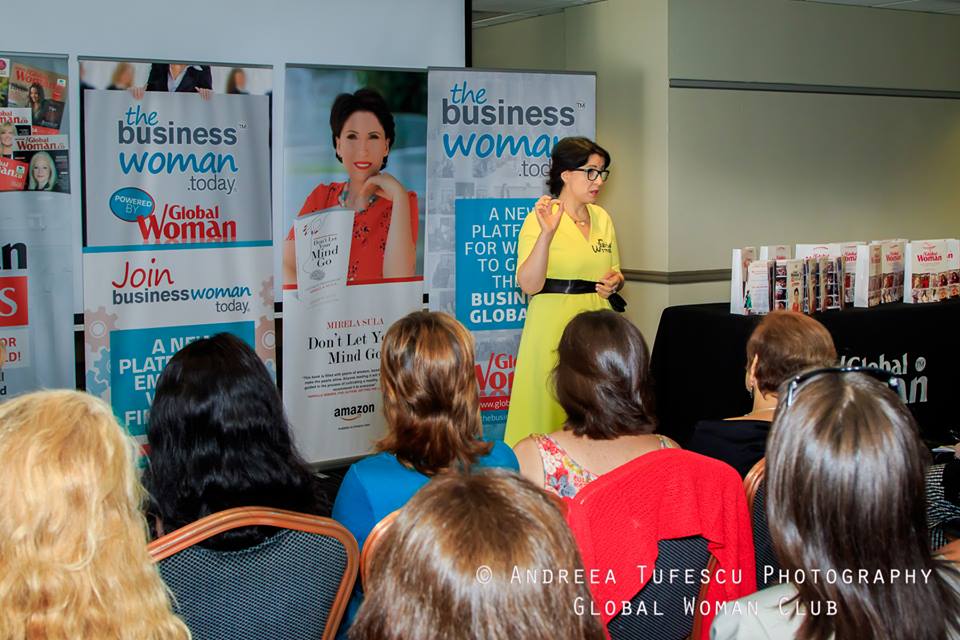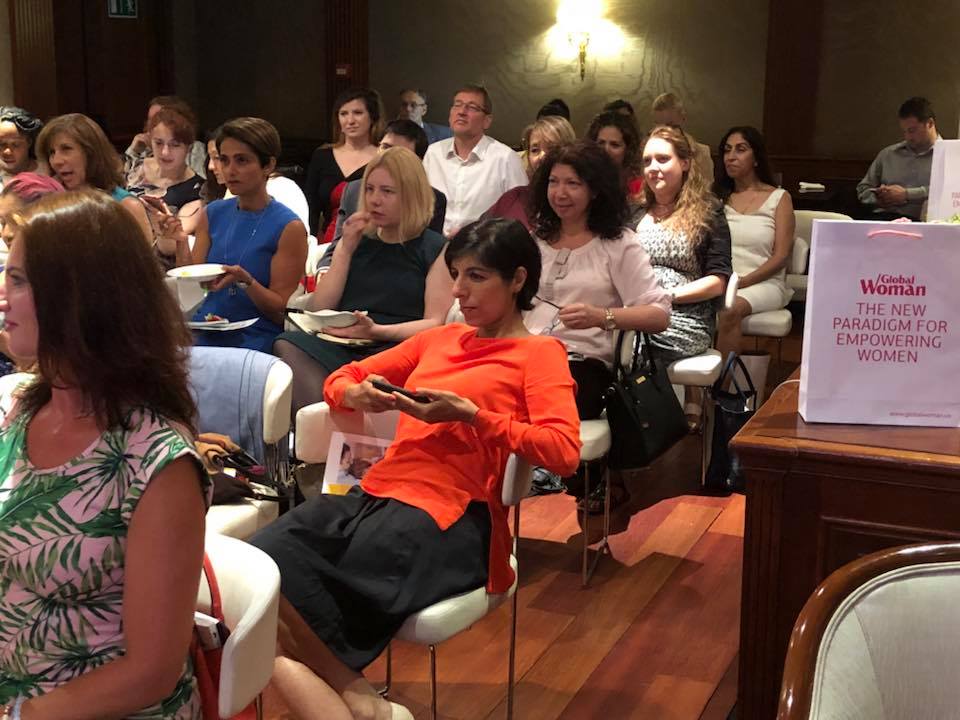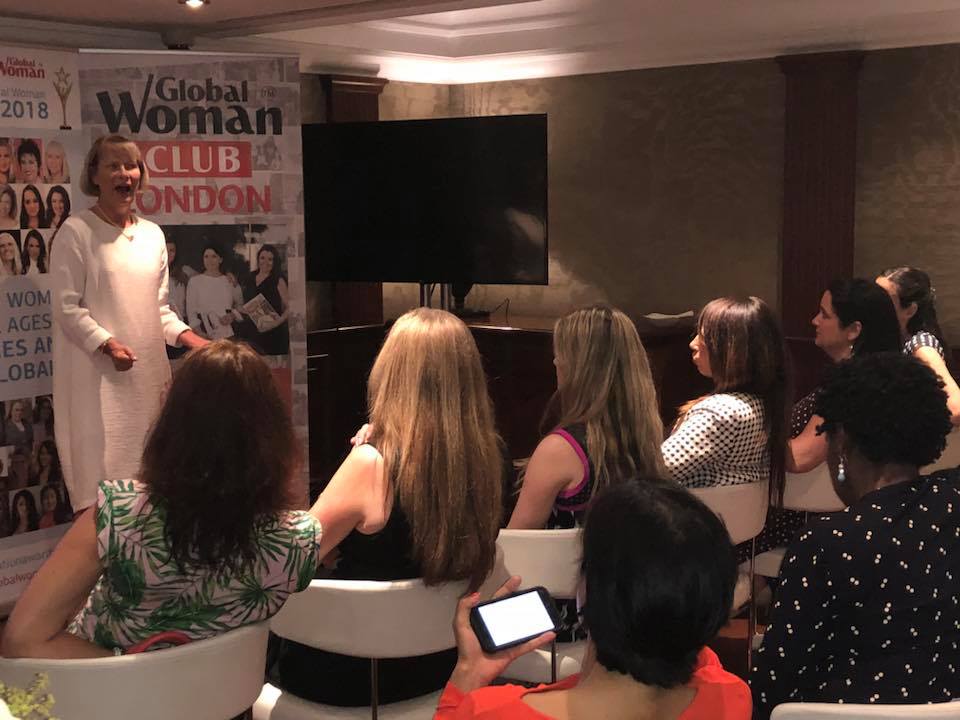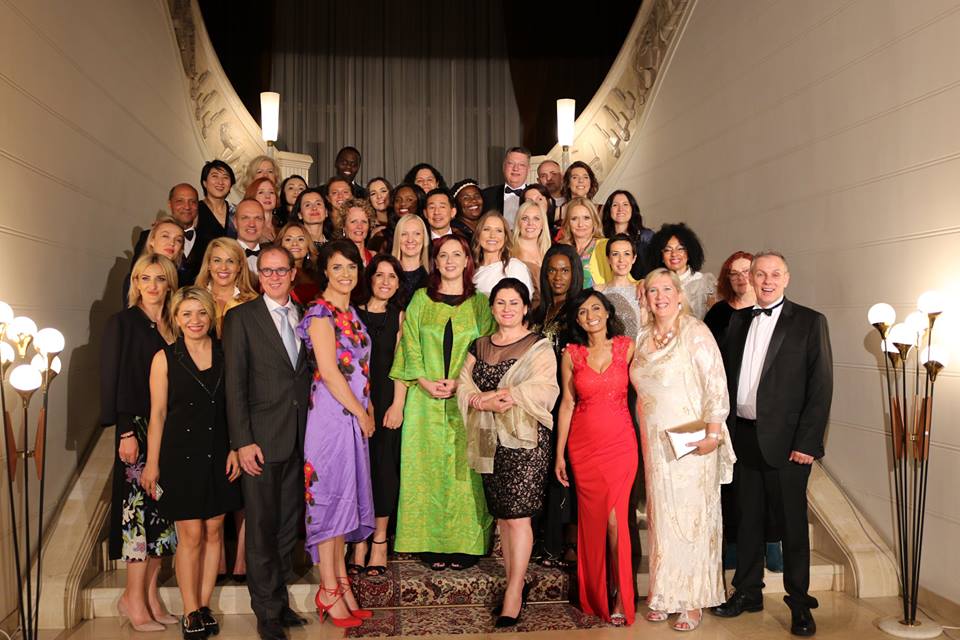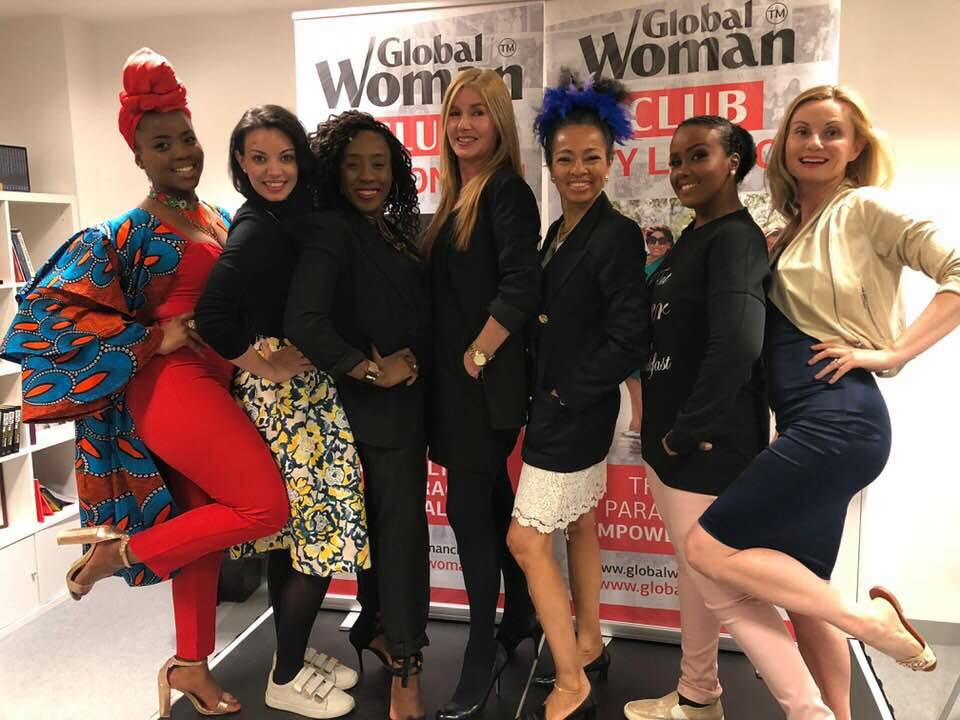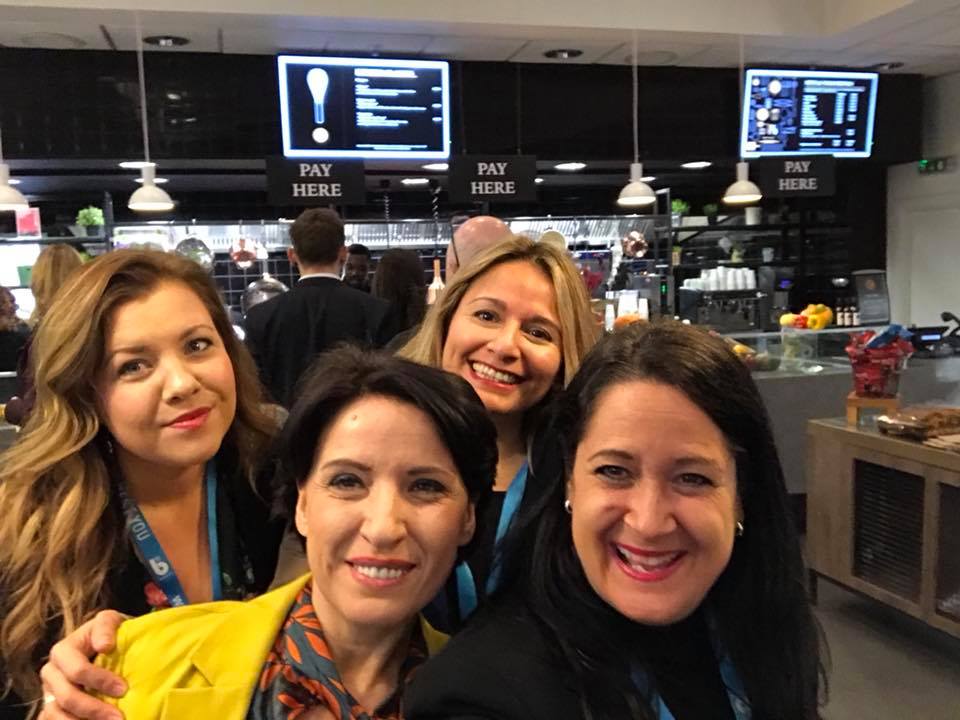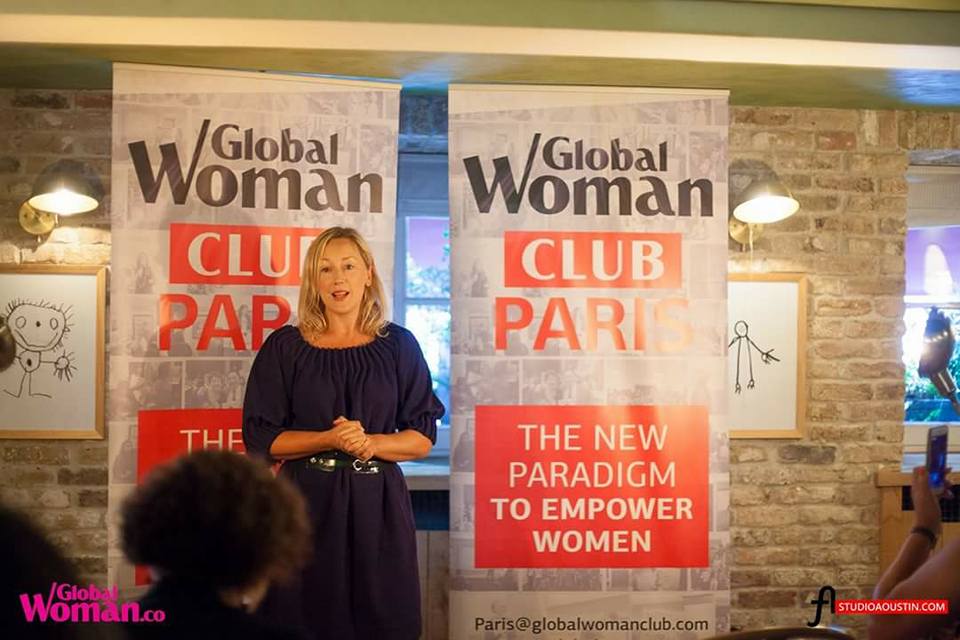I was reading @janibbot’s article “No such thing as a free lunch” on the use of free images that are readily available on the internet together with the comments and questions raised and I thought it would be useful to provide some further information.
Using images and content from the internet is very easy to do. We can all recall a moment of relying upon ‘cut and paste’ whether it’s for an article, a last minute presentation or on a social networking site.
The important thing to know is that, quite simply, you cannot use any content that is not your own unless you pay for it. This is known as Intellectual Property (‘IP’) and we all have it. If you take a photograph, that’s your IP which you could either licence or sell.
We all get the benefit of IP protection in all of the works that we create and this should be respected for others’ works too. It may seem unjust that you have to pay for images or content but imagine that the shoe is on the other foot and it’s your content that people are using and you are earning money from. I’m sure we all agree that it’s only right that singers get the benefit of the sales of their music?
If using other people’s IP, the chances are that you may never be found out (this should not be construed as a green light to go ahead and do it!) but large organisations have sniffer software that are constantly seeking out people and organisations that are using their IP as @janibbot found out. Why? Because it’s valuable to them. I mentioned that you could licence or sell your photograph and that’s exactly what they do. Getty, Shutterstock, iStock, are all examples of organisations that make a living out of selling and licensing images.
Photographs are not the only IP. Content (protected by copyright), logos (protected by trademarks), designs (protected by design registrations) and inventions (protected by patents) are all protected by IP rights. Even if you’re using social media, don’t copy and paste other people’s images/content.
In some cases, such as on Facebook, you can ‘share’ others’ posts or photographs and attributing the content to original author is enough to make it legitimate. But beware, this is not always the case and more often than not, attributing the author is not enough to qualify the use as legal.
To be on the safe side, take your own photographs, draft your own content or use a reputable organisation from which to buy your licensed IP.
It works both ways. Make sure you are protecting your IP too. Use a standard disclaimer on all of your published work; use low resolution images for your online content; and before sending out any of your content, check it will be held securely and not available for general release on the internet.
For more information, see the Intellectual Property Office website https://www.gov.uk/government/organisations/intellectual-property-office
Recommend0 recommendationsPublished in Business Law, Legal, Resources Library
